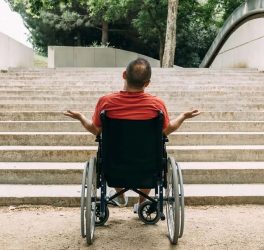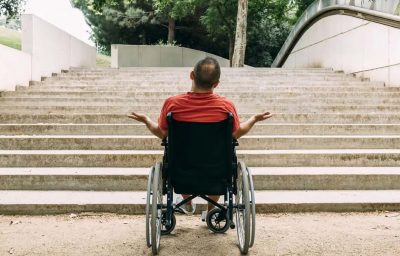
The Australian Human Rights Commission has released a new report, produced by Monash University’s Urban Lab, exploring adaptable housing for people with disabilities in Australia.
The report was commissioned by the Australian Human Rights Commission in line with Disability Discrimination Commissioner Dr Ben Gauntlett’s term goal to increase access to accessible housing for Australians with disability.
In Australia, 4.4 million people live with disability, and 96% of people with disability live in private homes. Many existing homes are inaccessible and finding appropriate housing remains a challenge for many Australians with disability.
Improving housing accessibility can and should be achieved in two ways: by ensuring that new homes are constructed to meet minimum accessibility requirements; and by modification or adaptation of existing homes, which is the focus of this report.
The report considers design-informed approaches and new innovations to adapting, retrofitting or fabricating existing homes to improve accessibility for people with disability who are capable of independent living or assisted independent living. These approaches to improved accessibility will also benefit other members of the community, such as pram users.
It was produced by researchers in the Monash Urban Lab, a research unit at Monash University’s Department of Architecture focused on the role of design-informed approaches in addressing housing accessibility, affordability and quality.
Commissioner Gauntlett said the report was a unique opportunity to synthesise the work of diverse fields, including design, human rights, regulation and funding, to consider new and innovative approaches to improving housing accessibility for Australians with disability of all kinds.
“Accessible housing benefits all Australians. It enhances economic and social participation, reduces the need for care and keeps people out of care institutions, hospitals and aged care facilities. The ability to transform existing housing stock into accessible housing quickly and affordably is an important piece of the accessible housing puzzle,” he said.
The report is the first stage of a broader project, which includes exploring adaptable housing through design research units being taught at Monash University with a view to developing a replicable and systematic approach to accessible housing adaptation.








